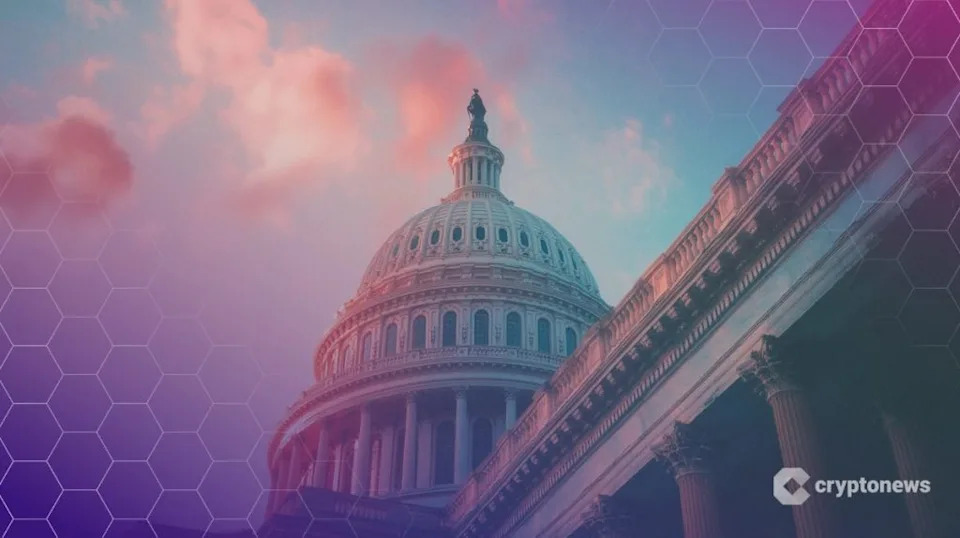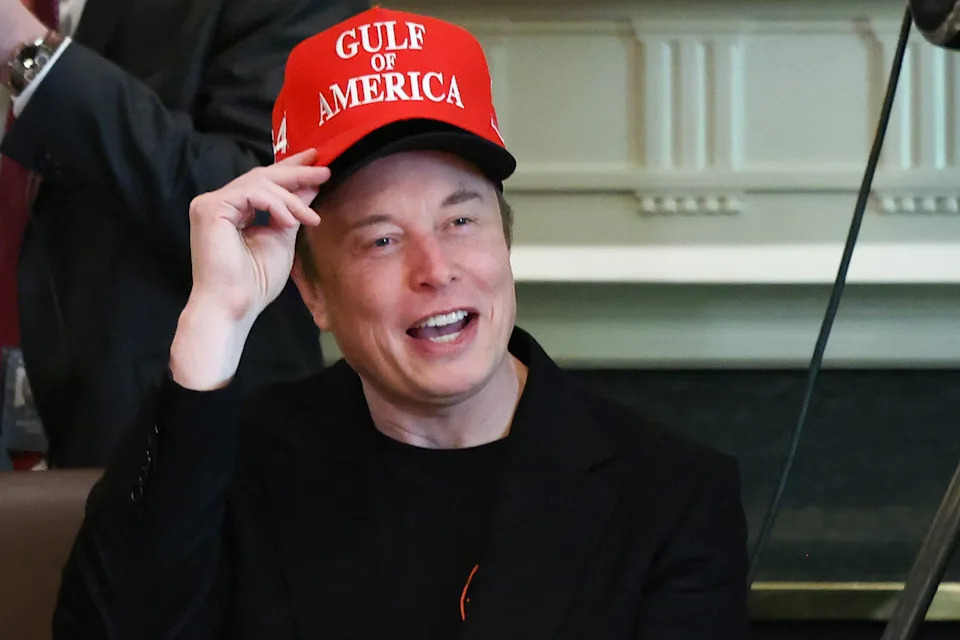
Trump clashes with Powell over Fed renovations during unusual visit, says he'd 'love' lower interest rates
Key Points
- Trump's Visit to Federal Reserve: President Trump made a rare visit to the Federal Reserve, touring the $2.5 billion renovation site with Chairman Jerome Powell, amidst ongoing criticism of the project's costs.**
- Cost Dispute: A public disagreement arose when Trump claimed the renovation cost had risen to $3.1 billion, which Powell corrected, clarifying that the higher figure included a third, previously completed building.**
- Interest Rate Pressure: Trump used the visit to push for lower interest rates, expressing hope that Powell would "do the right thing," while downplaying tensions and dismissing notions of firing the Fed chair.**
- Political and Legal Scrutiny: The Fed faces mounting pressure from Trump allies, including calls for reviews, lawsuits over transparency, and potential congressional investigations into its operations and renovation spending.**
Summary
President Trump made an unprecedented visit to the Federal Reserve on July 24, 2025, touring the $2.5 billion renovation project of the Marriner Eccles and East Buildings with Chairman Jerome Powell. The visit, marked by a public spat over costs—Trump cited a $3.1 billion figure, which Powell corrected as including a previously renovated third building—highlighted ongoing tensions over the project's expense. Trump also pressed Powell for lower interest rates, though he distanced himself from firing the Fed chair, focusing instead on project oversight. Accompanied by Republican senators and aides, Trump critiqued the "luxurious" renovations but avoided labeling them a fireable offense. Meanwhile, the Fed defended the high costs, citing security upgrades and unforeseen issues like asbestos. Beyond the visit, Powell faces broader challenges, including calls for internal reviews, lawsuits over transparency, and potential congressional probes from Trump allies. Despite these pressures, the Fed expressed gratitude for Trump’s encouragement to complete the project, which began in 2022 and is set for completion by 2027. This event underscores the intersection of political influence, monetary policy, and public spending scrutiny surrounding the central bank.
yahoo
July 25, 2025
Stocks


